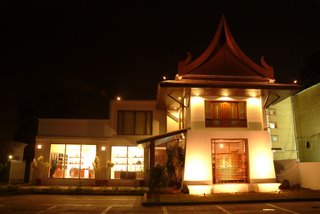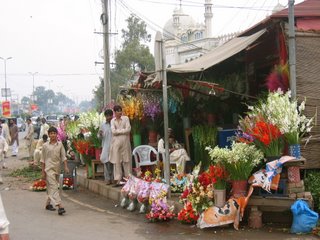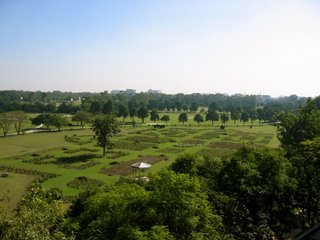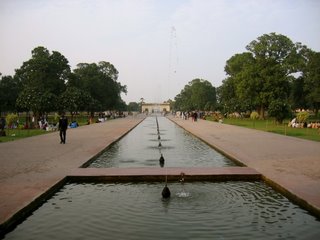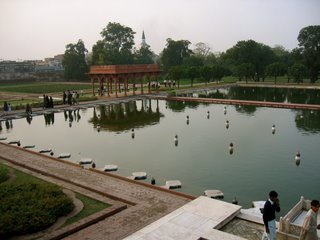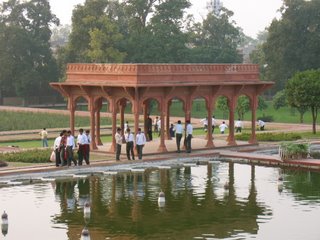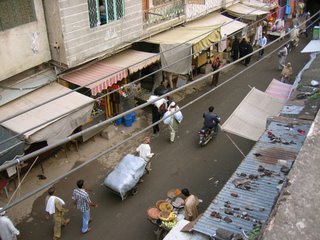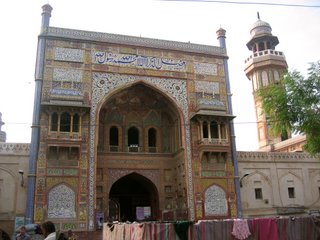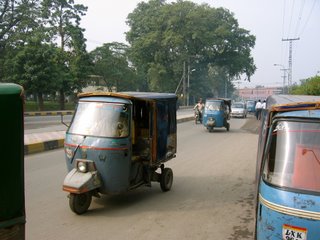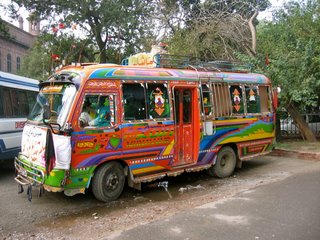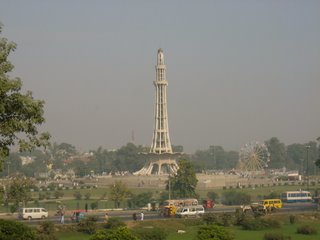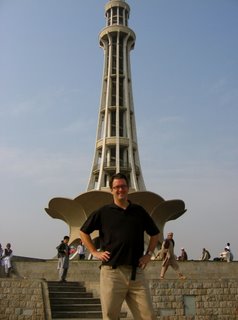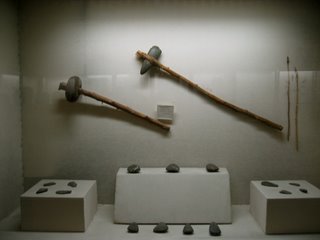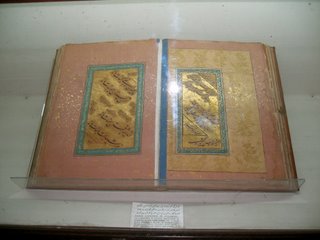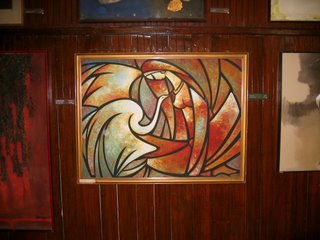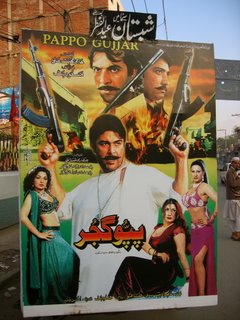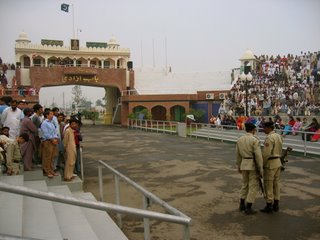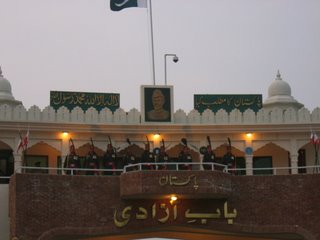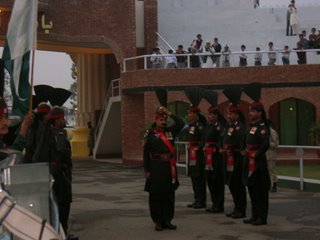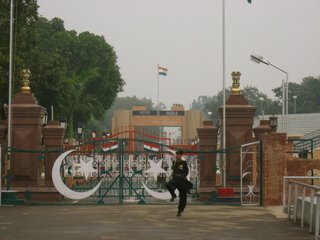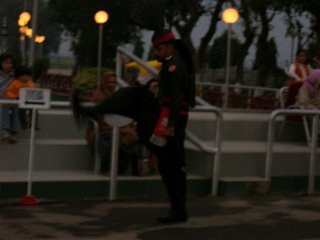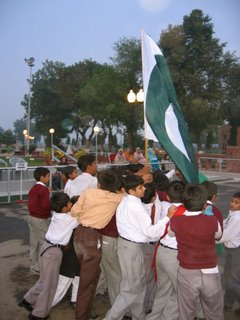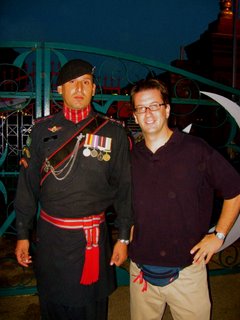But towards the end of the trip I decided to check out Lahore's first (and only) stand-alone Thai restaurant: Lemon Grass, and I'm glad I did.

If I was giving out style points, then this place would get high marks across the board. It looks like Thailand. It feels like Thailand. It even smells like Thailand (lemon grass, to be specific).
They even have several Thai staff members and everyone is dressed in traditional Thai clothes.
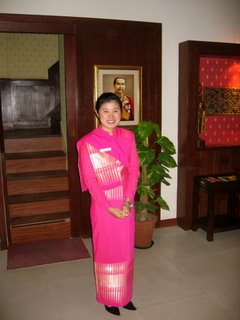
When you walk in, you're even greeted with the standard portrait of Their Majesties King Bhumibol and Queen Sirikit, something you'll see in every business establishment in Bangkok.

The interior designers of Lemon Grass really went out of their way to make this place look authentic. Their are Thai-style statues:
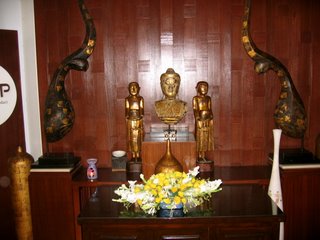
Paintings:

Masks:
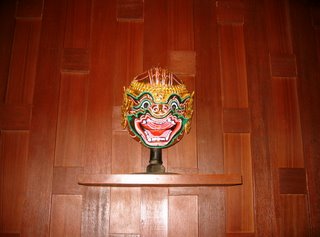
And other details:

The walls really reminded me of walls at the Jim Thompson house (see my article at One Man in Bangkok).

And the food was pretty good too. They offer all of the traditional Thai dishes, and they weren't too spicy for me (which Thai food in Bangkok usually is). Again, I am not a connoisseur of this kind of food, but some of the people I was with have lived in Bangkok for over ten years and one of them commented that Lemon Grass offered the best Thai food outside of Thailand that he has ever had, hands down.
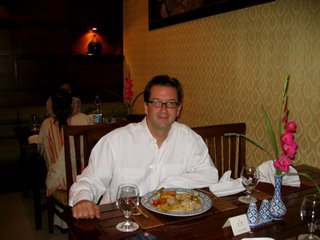
So next time you're in Lahore and have a hankering for some Thai cuisine, look no further than Lemon Grass. You can't miss it, it's the place that looks like a teak-style Thai house that has been magically transported to Pakistan.
